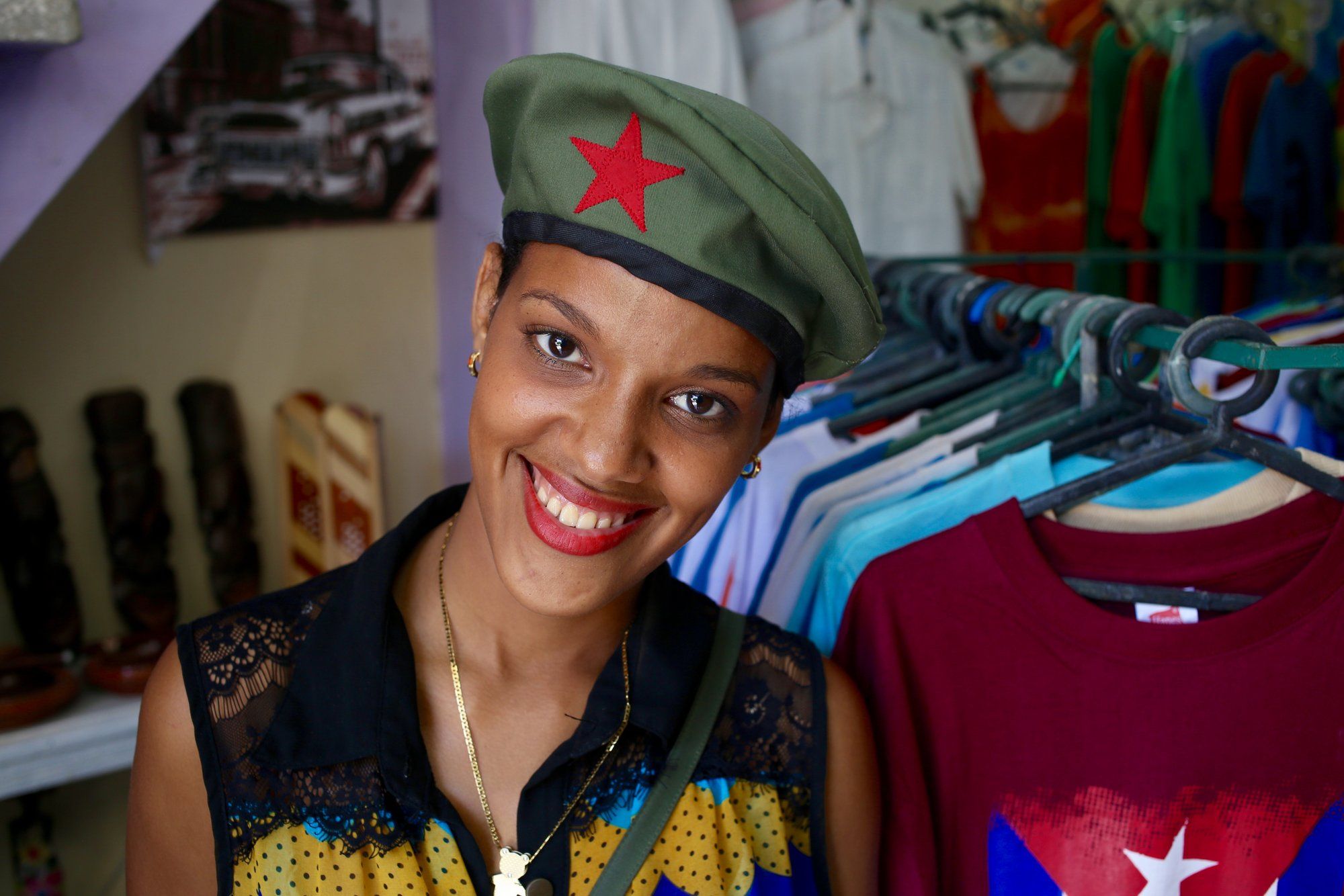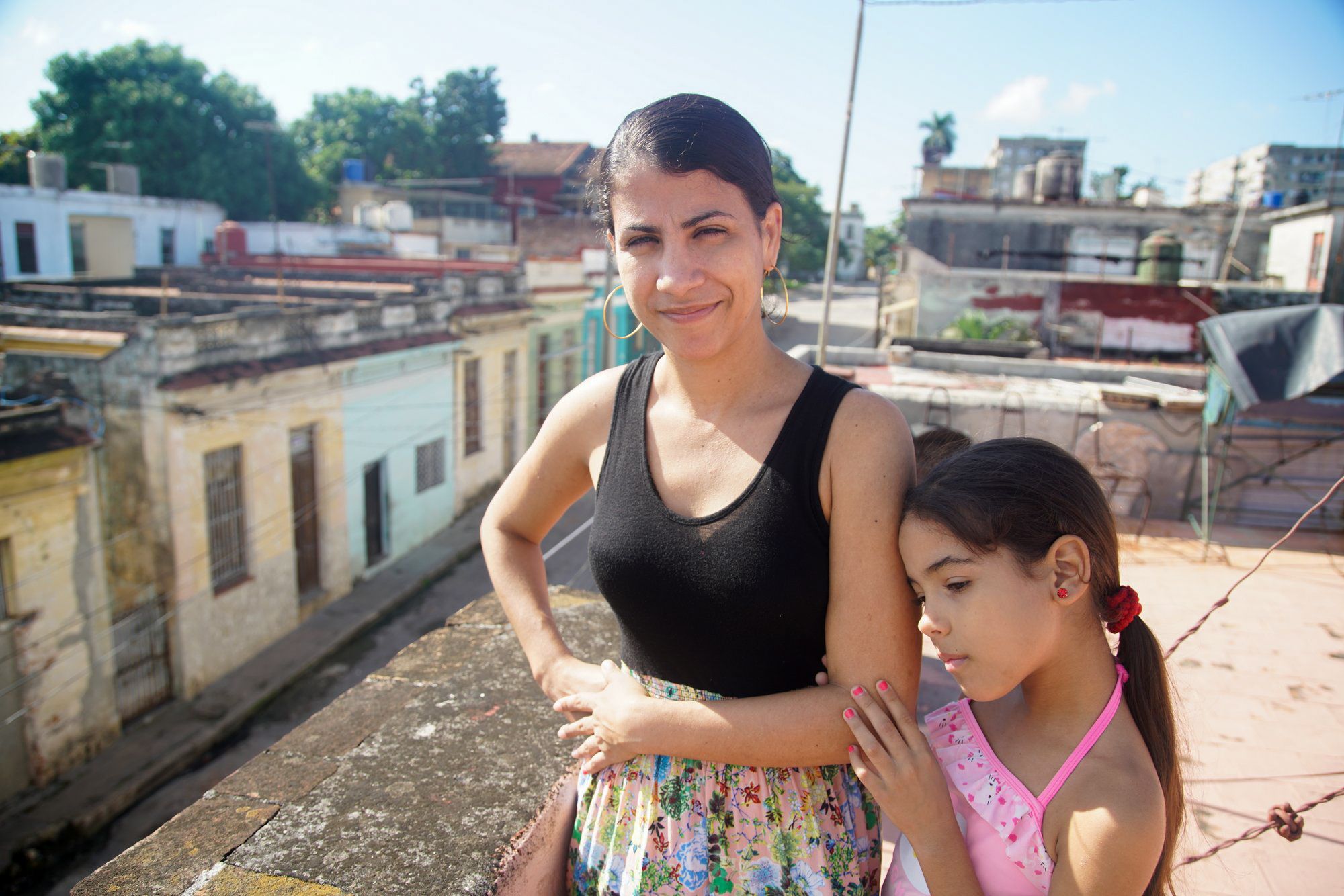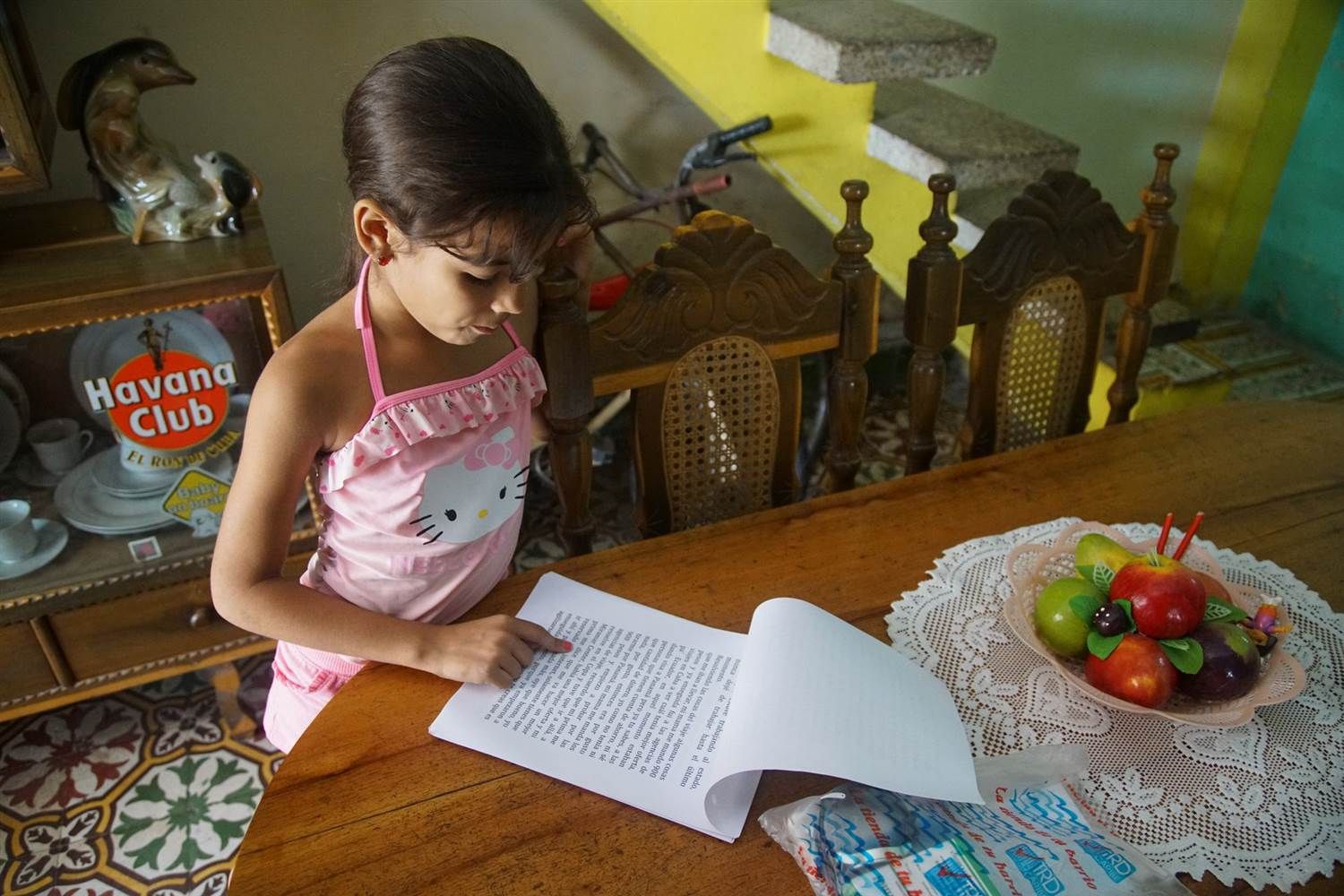Introducing the Lesson
In 2015, the United States and Cuba officially restored diplomatic relations after nearly 55 years of severed ties. Journalist-grantee Tracey Eaton’s reporting project ““Cuban Youth: A New Dawn?” examines the impacts of this decision on the lives young adults currently living in Cuba. As you investigate the attached resources and activities, consider the following:
- How are the lives of young adults in Cuba alike/different from those of young adults in your community?
- What is the impact of restored relations with the United States on the lives of Cuban youth?
- What led the United States and Cuba to end and then ultimately restore their relationship? What could be the impact on you and your community?
For more information on the history of the relationship between the United States and Cuba, check out this resource from the Council on Foreign Relations.
Extension Exercise 1:
On your own, or in small groups, make a list of questions you have about the lives of young adults in Cuba. Who would you like to interview if you could?
Watch the video “Meet the Journalist: Tracey Eaton”. Consider the following: Which of your questions are answered by the video? What new questions do you have? How do your lives compare to the lives of the subjects in the film?
Be prepared to share what you learned, and what new questions you have, with the class.
Extension Exercise 2:
After watching the video, pick one subject from Eaton’s reporting to learn more about. Make a list of questions you have for that subject. Search the project “Cuban Youth: A New Dawn?” for reporting on the subject you are interested in. Consider the following:
- Does the article answer the questions you have for the subject?
- What additional questions would you like to ask the subject?
Write a letter to the subject you chose. In your letter, articulate what new information you learned from their interview and ask them any additional questions you have. Consider, what might the subject want to know about you and your opinion of the restored relationship between the U.S. and Cuba? Be sure to include that information in your letter.
Extension Exercise 3:
Read the following quotations from Eaton’s article “At Year’s End, Cubans Long for Relatives Left Behind” and discuss what you think are the factors leading to increases and decreases in immigration to the U.S.
“In all, 43,159 Cuban migrants entered the U.S. at ports of entry in fiscal year 2015, which ended on Sept. 30. That was a 78 percent jump over 24,278 migrants the previous year, according to the Pew Research Center.
"Cuban officials say migration spiked because many Cubans feared that the Cuban Adjustment Act of 1966 was going to be repealed. Under the act, Cuban migrants need only touch U.S. soil to be eligible for residency. Only Cubans enjoy such a privilege. All other migrants must first obtain U.S. visas, a process that can take from a few months to as many as 23 years, according to the State Department.
“Jesús Arboleya, a former Cuban diplomat, said it should be of no surprise that young people have been leaving Cuba. The nation produces more human capital than the labor market can absorb, making the country a 'factory' of potential migrants, he said.
"'Increased economic development is probably the only thing that will deter migrants in the future,' said Arboleya, author of a book about Cuban migration.”
Read the full article to learn more about what it was like for several subjects Eaton interviewed to immigrate to the United States.
Extension Exercise 4:
Imagine you could create a video for the subjects interviewed as part of this project that illustrated the lives of young people living in your community. Who would you interview? What challenges would you want to highlight? What parts of your culture would you want to include?
Create and present an outline for a short documentary about the lives of young people in your community.
In the following lesson plan for English teachers, history teachers, and humanities teachers, students investigate and discuss the impacts of recently restored relations between the U.S. and Cuba by analyzing reporting from journalist-grantee Tracey Eaton’s project “Cuban Youth: A New Dawn?” Students design questions about the lives of young adults in Cuba, watch a video summarizing the project’s reporting and independently investigate news articles. They then process their analysis through expository writing and discussion.
Lesson facilitation notes:
1. The lesson plan is written for students to be able to explore the resources independently and reflection exercises independently.
2/ Students may need to have an extra sheet of paper, or a blank online document open, to answer the warm up, comprehension and extension questions.
3. The lesson lists several extension exercises. Students could choose one or work through all of the listed exercises.
4. The warm-up and post-reading reflections in this lesson could also lead to rich conversations. You may want to work through the lesson along with the students and denote moments for interactive activities.
5. With questions about this lesson, contact [email protected]









